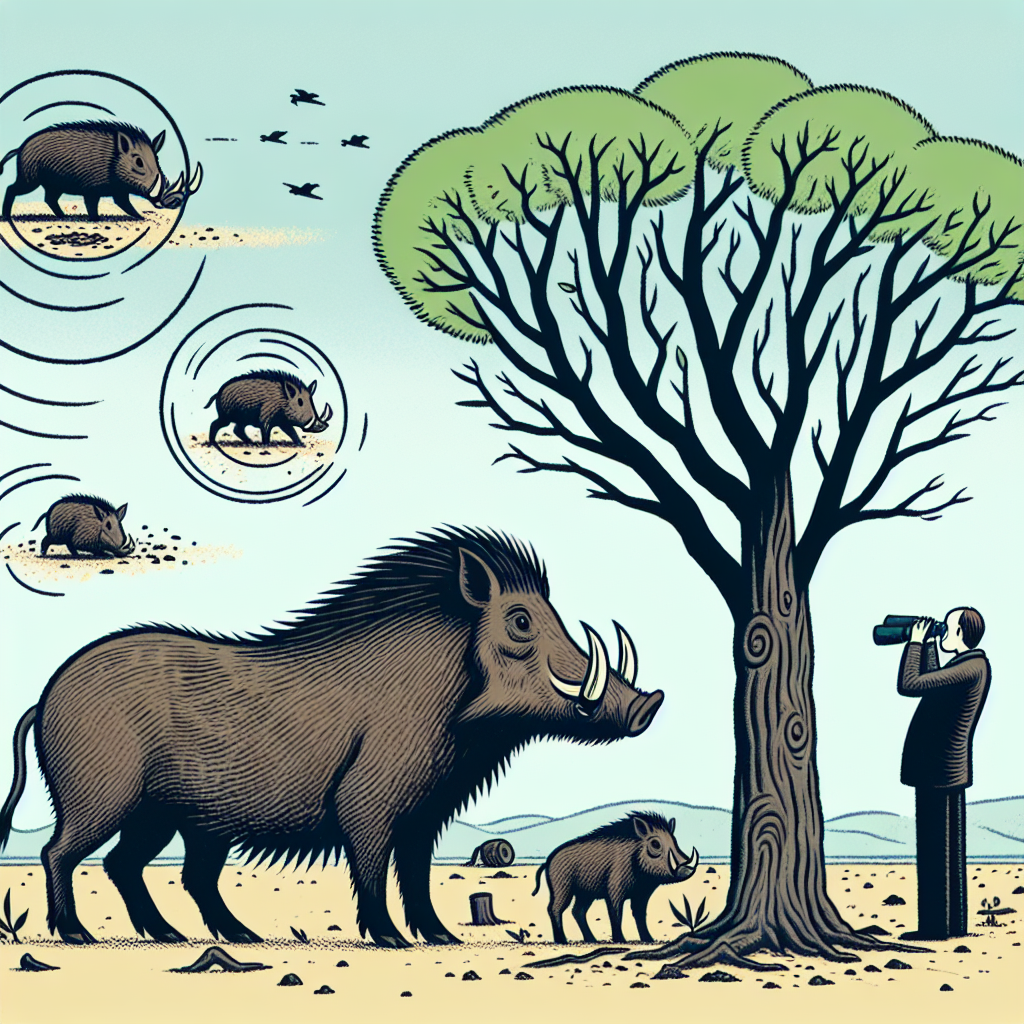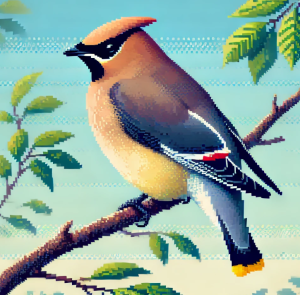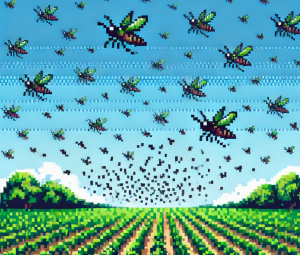
Feral Hogs and Their Impact on Ecosystems
In the vast mosaic of ecosystems, an unrelenting species is making its mark — the feral hog. Once dismissed as a meme, these adaptable creatures are becoming a focal point for both ecological studies and community concerns across the continents. Recent studies underscore not only their escalating numbers but also their profound impact on agriculture, biodiversity, and even public health.
Understanding Feral Hogs: An Overview
Originally domesticated, feral hogs have reverted to a wild state and are now classified as an invasive species. Their populations have surged in regions such as the southern United States, where they exploit the landscape, wreaking havoc on crops, native flora, and fauna. According to The New York Times, their presence in Texas has spurred innovative approaches in population control and landowner collaborations to mitigate their damage.
Agricultural and Environmental Consequences
Their rooting behavior, akin to tilling, can obliterate crops overnight and disrupt the soil structure, leading to erosion and sedimentation issues. Moreover, their voracious appetites extend to preying on ground-nesting birds and small mammals, which can imbalance local ecosystems. Farmers and ranchers face severe economic losses due to crop damage, with estimates in Texas alone reaching millions annually.
Impact on Biodiversity and Native Species
Ecologically, feral hogs can outcompete native species for resources. Their omnivorous diet includes reptiles and amphibians, some of which are threatened and rely on specific habitats that are often devastated by hog activity. Their wallowing behavior in wetlands can destroy delicate plant life and disturb breeding grounds for other animals.
Public Health and Safety Concerns
Beyond environmental impacts, feral hogs pose significant public health risks. They are known carriers of zoonotic diseases such as leptospirosis and brucellosis, which can be transmitted to humans and livestock. As their populations encroach upon urban areas, incidents involving human-hog interactions are on the rise, leading to heightened conflict and concern.
Innovative Control Methods
Conventional hunting methods are proving insufficient to control their rapidly growing numbers. Consequently, scientists and wildlife managers are deploying more sophisticated strategies. According to a report from Science Daily, research into hormonal contraceptives for population control is underway, aiming to curb reproduction effectively without affecting non-target species.
Community and Legal Responses
In response to these challenges, some regions have implemented legal measures, granting landowners greater freedom to manage these pests. Texas, for instance, has laws facilitating the trapping and humane removal of feral hogs. Collaboration with local communities in tracking and monitoring efforts has also proven beneficial.
The Road Ahead: Balancing Ecology and Human Needs
While eradicating feral hogs may be impractical, managing their numbers judiciously is crucial. Balancing ecological integrity with agricultural and societal needs requires adaptive management strategies informed by ongoing research. The development of technologies and community-based initiatives holds promise for mitigating the adverse effects while promoting coexistence with this elusive species.
The narrative around feral hogs is emblematic of broader environmental challenges where human intervention meets nature’s resistance. As scientific understanding deepens, so too does the potential for innovative solutions that align ecological health with human prosperity.



